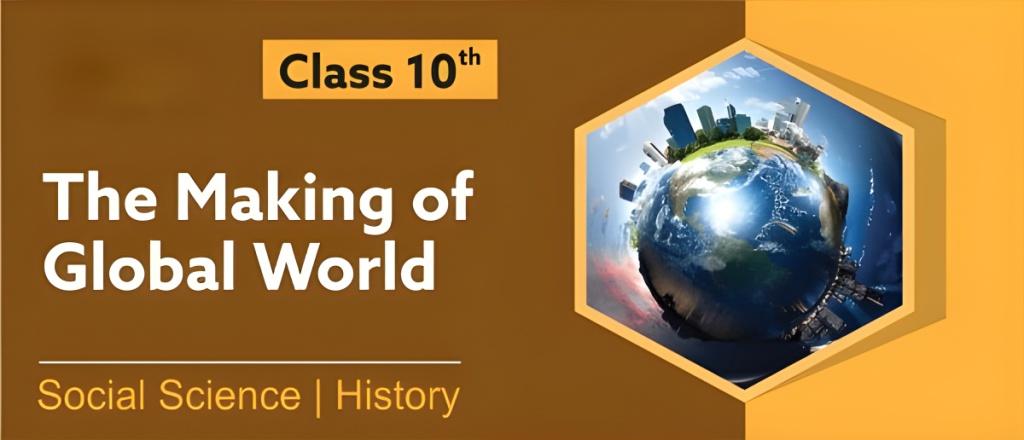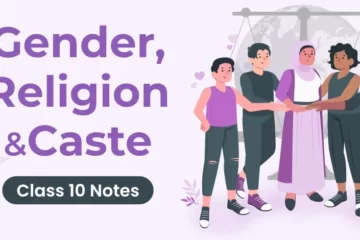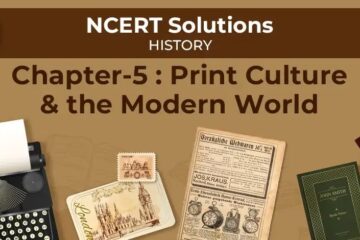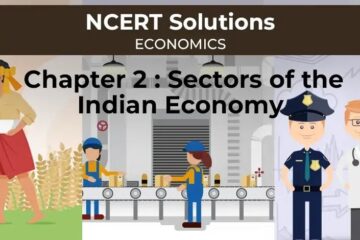I. INTRODUCTION:
- Globalization means the integration of markets in the global economy, leading to the increased interconnections of economies.
- It is an economic system that has become a buzzword in the last 50 years.
- It is about economics or trade, technology, politics, and culture.
II. THE PRE-MODERN WORLD:
- The making of the global world has a long history.
- Human societies have become steadily more interlinked.
- Travelers, Traders, priests, and pilgrims traveled vast distances.
- They carried goods, money, values, skills, ideas, inventions, and even germs and diseases.
- An active coastal trade linked the Indus Valley civilizations with present-day West Asia, even as early as 3000 ВСЕ.
- Cowries or sea shells were used as a form of currency.
II. SILK ROUTES:
- The ‘silk routes’ point to the importance of West-bound Chinese silk cargoes along this route.
- Historians have identified several silk routes, over land and by sea, knitting together vast regions of Asia, and linking Asia with Europe and northern Africa.
III. FOOD TRAVELS SPAGHETTI AND POTATO:
- Traders and Travelers introduced new crops to the lands they traveled.
- Noodles traveled west from China to become spaghetti.
- Arab traders took pasta to fifth-century Sicily (Italy).
- Potatoes, soya, maize, groundnuts, tomatoes, and chilies were introduced in Europe and Asia after America was discovered.
- Europe’s poor began to eat better and live longer with the introduction of the humble potato.
- When disease destroyed the potato crop in the mid-1840s in Ireland, hundreds of thousands died of starvation.
IV. CONQUEST, DISEASE AND TRADE:
- In the 16th century, European sailors found a sea route to Asia and America.
- The Indian subcontinent had been known for bustling trade with goods, people, customs, and knowledge. It was a crucial point in their trade network.
- After the discovery of America, its vast lands and abundant crops and minerals began to transform trade and lives everywhere.
- Precious metals, particularly silver from mines located in Peru and Mexico enhanced Europe’s wealth and financed its trade with Asia.
- The Portuguese and Spanish conquest and colonization of America were underway.
- The most powerful weapon of the Spanish conquerors was not a conventional military weapon but germs of small pax which they carried.
- Due to their long isolation, America’s original inhabitants had no immunity against these diseases from Europe. Smallpox, in particular, proved to be fatal.
A. PROBLEMS IN EUROPE:
- Until the 19th century, poverty and hunger were common in Europe. Cities were crowded and deadly diseases were widespread.
B. INDIA AND CHINA TILL THE EIGHTEENTH CENTURY:
- In the 18th century, China and India were among the world’s richest countries. They were also pre-eminent in Asian trade.
- However, from the 15th century, China is said to have restricted overseas contacts and retreated into isolation.
- China’s reduced role and the rising importance of America gradually moved the center of world trade Westwards.
- Europe now emerged as the center of world trade.
C. THE NINETEENTH CENTURY (1815-1914):
A world economy takes shape,
- Abolition of the Corn law.
- Under pressure from landowners’ groups, the government restricted the import of good grains.
- After the corn laws were scrapped, food could be imported into Britain more cheaply than it could be produced in the country.
- British farmers were unable to compete with imports. Vast areas of land were left uncultivated.
- As food prices fell, consumption in Britain rose.
- Faster industrial growth in Britain led to higher incomes and more food imports.




